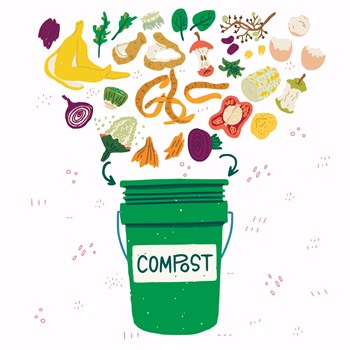
With organic composting requirements now instituted citywide, many buildings are looking to expand their own composting efforts. Along with information outreach and proper collection and storage containers, boards are turning to tech for additional support. One such technology is the food recycler. Scott Smithline, Head of Organics Policy and Research for Mill, a food recycler manufacturer, helps us understand the process.
CooperatorNews: Why is composting important?
Scott Smithline: “The environmental impact of food in a landfill is enormous. Astounding but true: food waste is responsible for 14% of U.S. methane emissions, according to the most recent data from ReFED & Global Methane Hub. ReFED is a U.S.-based nonprofit working to catalyze the food system toward evidence-based action to stop wasting food. Global Methane Hub is building a global network of scientists, experts, activists, policymakers, and philanthropists, all pushing in the same direction toward the single goal of mitigating methane.
“When we throw food in the trash and it ends up in the landfill, it degrades anaerobically—meaning without oxygen—and releases methane, a powerful greenhouse gas. Methane is 80 times more potent than CO2. It traps heat in the atmosphere, accelerating climate change and warming our planet.”
CN: Can you tell us more about that?
Smithline: “Sadly, in the United States, food is the number one material in our landfills—and most of it comes from our kitchens. When food is wasted, all the resources that went into growing it in the first place, things like labor, water, fertilizer, etc., are wasted, too. By separating certain types of waste in our trash, we can reduce harmful methane emissions and conserve the nutrients in our uneaten food to be used as a resource to feed animals, enrich the soil, or produce bioenergy.”
CN: What are the new composting requirements for New York City? When did they go into effect?
Smithline: “As of April 1, 2025, leaf and yard waste, food waste, and food-soiled paper separation from trash is mandatory, citywide.”
CN: What are the negative aspects of composting for the apartment dweller?
Smithline: “Despite laudable efforts, even the most advanced municipal curbside food scrap collection programs struggle with low participation rates, primarily because people think food scraps are gross, smelly, and difficult to deal with. A frequently cited barrier to participation is the ‘ick’ factor. Given that reality, food scraps are highly putrescible and can be unpleasant to keep around the house in between collection or frequent walks to drop-off sites. That’s where a food recycler is incredibly helpful. It offers a simple, clean and automated solution that takes weeks to fill up and never smells.”
CN: Your food recycler is called Mill. How does it work?
Smithline: “A food recycler is a new kind of device for your kitchen. It takes all of your food scraps, and grinds and dehydrates those scraps to create a nutrient-rich material we refer to as food grounds. Mill is a food recycler that looks and behaves like a trash can. You just tap the foot pedal and scrape your plate into the bin. But the similarities with a trash can end there. Mill works automatically and quietly overnight to odorlessly remove water from food scraps, which shrinks the volume up to eighty percent and stops the rotting and stink process.
“The dry-and-grind process also creates a nutrient-rich, clean, dry, shelf-stable result that can be used in a variety of ways. Although food grounds are not compost, they make a great feedstock as part of a composting process. When your recycler is full—which typically takes a few weeks—you have a number of non-landfill options on how to use the food grounds as a resource. These include dropping them in your curbside or building’s communal organics bin, bringing them to a drop-off site, or you can sign up for our pick-up service. We pick them up from your doorstep and get your food grounds to a farm as food for chickens.”
CN: How does a food recycler like Mill differ from composting units?
Smithline: “Composting is a terrific solution for household food scraps, but it’s also a lot of work. It requires sufficient time, space, and skills to safely tend and cultivate a compost pile at home. The fact is it is scientifically impossible to create compost overnight. Food recycling devices like Mill can be considered food scrap preprocessors. Mill helps by drying and grinding food waste into shelf-stable, odor-free grounds that can then be used as part of a composting process, or used at home. Mill is for anyone who wants an easy, odorless way to keep food out of the landfill and enjoy a better, cleaner kitchen experience.
CN: What technological considerations did you take into account when designing this unit, and about how long does a recycling unit last?
Smithline: “We knew it had to be just as easy as using a regular trash can. It had to be low-maintenance, energy-efficient and effective at odor control. We designed the bin to run quietly and automatically overnight, with a charcoal odor filtration system to eliminate any smell. The design needed to feel at home in modern kitchens and be sleek, minimal, and intuitive.
“As for lifespan, each unit is built by hand and built to last with stainless steel augers, exterior and interior bucket. We want to make it easy and practical for people to stop throwing their food scraps in the trash. That decision doesn’t happen at the curb. It happens on cutting boards and plates in homes and businesses across the U.S., at every meal, every day.”



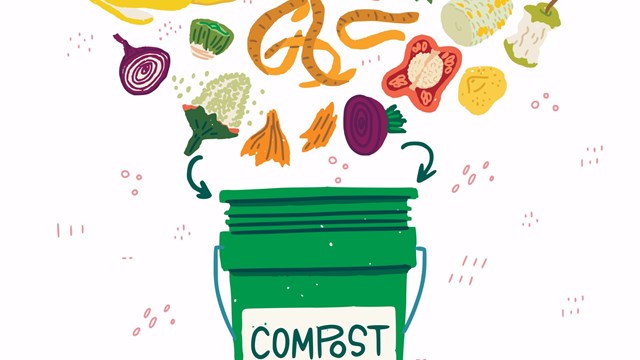
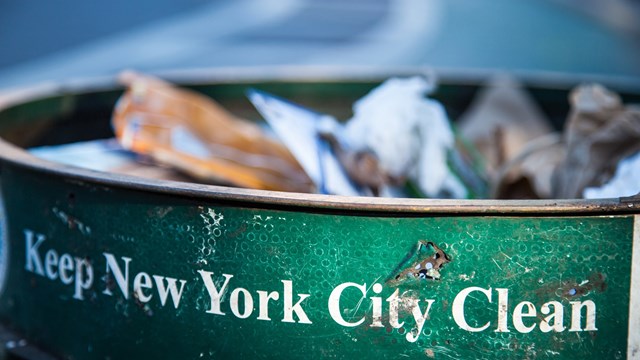
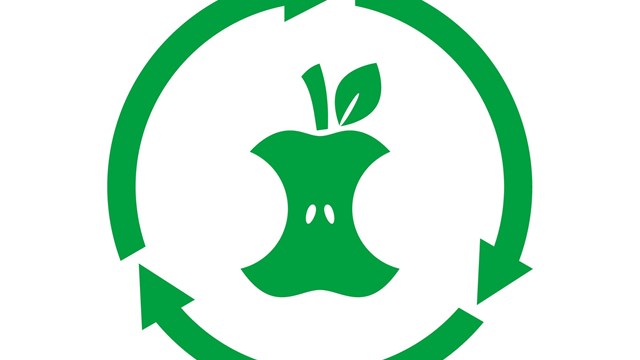
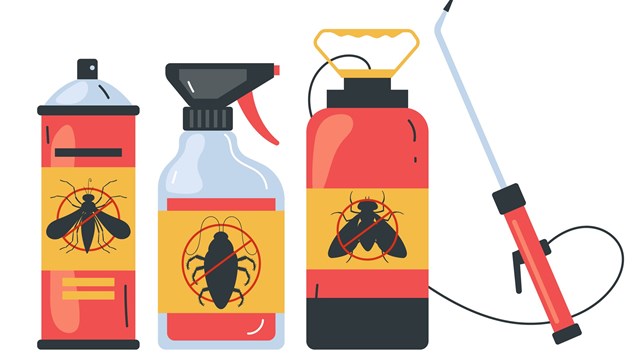
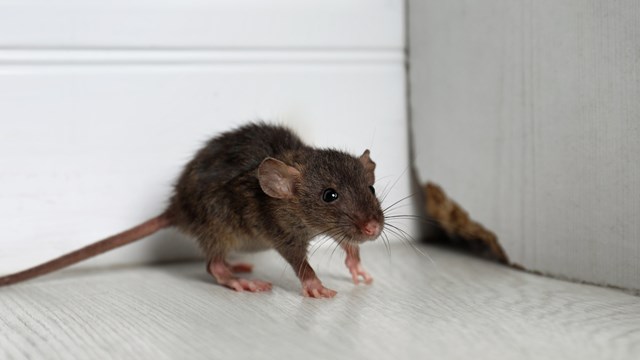
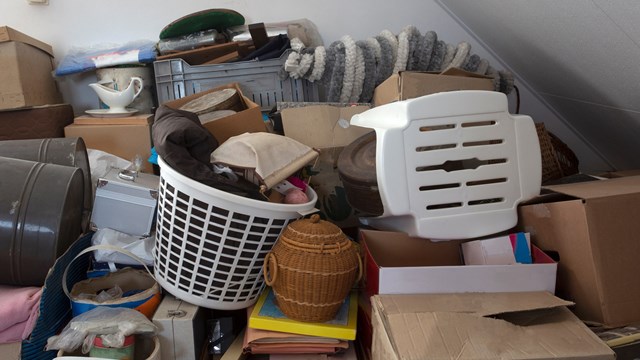
Leave a Comment